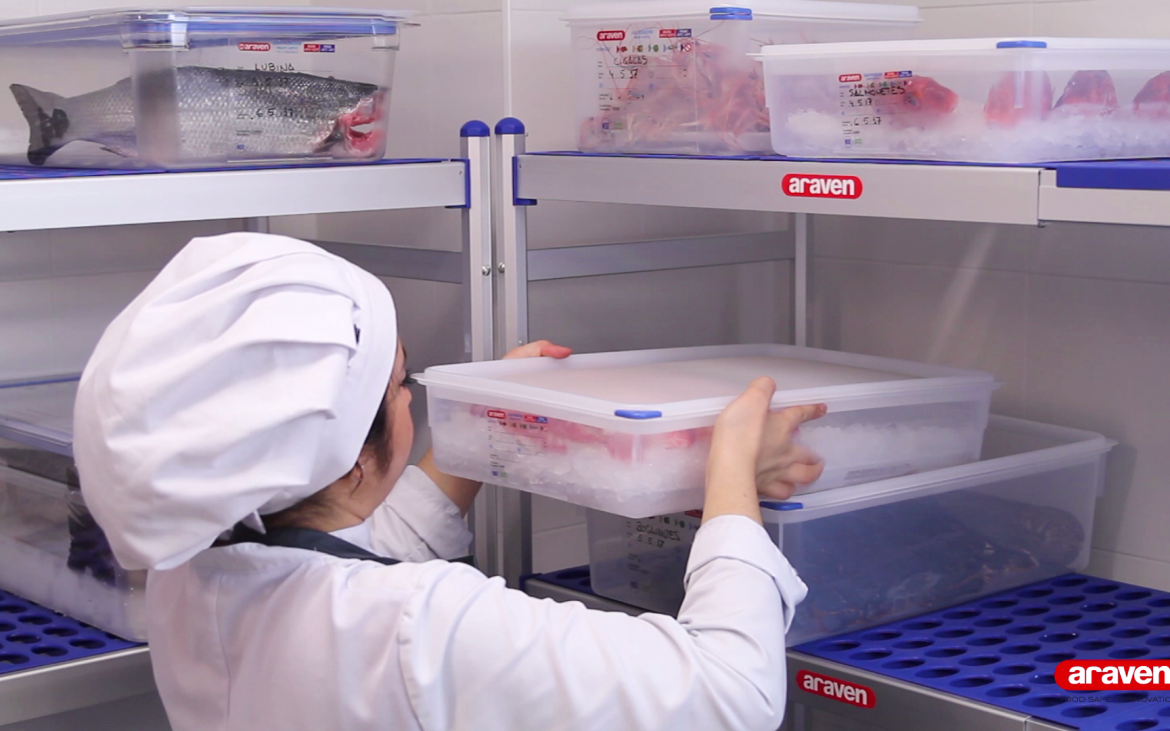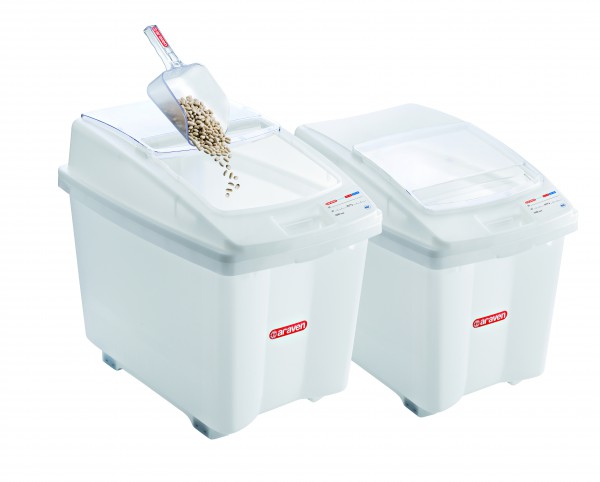
How to preserve different types of foodstuff
Correct preservation of the food will satisfy a two-fold objective: Ensure optimal health and hygiene quality and reduce the level of losses due to deterioration of the food.
In the world of modern catering, we find many different types of food. The initial classification that mentioned red meat, poultry, vegetables, fish and dairy produce has been surpassed due to the great variety of foodstuff that enters a professional kitchen today. With this perspective, it is difficult to create a universal guide to correctly preserve foodstuff; however there are some aspects that are common to each typology, which enables some tips to be given regarding their correct preservation.
The correct preservation of the food will satisfy a two-fold objective: ensure an optimal health and hygiene quality and reduce the level of losses due to deterioration of the food.

Fresh meat and fish give off a liquid called exudate. This exudate contains nutrients and sufficient moisture to favor bacterial proliferation with the well-known risk that this entails. In order to correctly preserve these products, grilles should be used that permit separating the exudate from the actual food. The height of the grilles used for this purpose must be sufficient to prevent the exudate from spilling over them. They must also be designed without sharp edges, without corners or openings where this exudate could accumulate. ARAVEN has grilles that adapt to its food storage containers (both in GastroNorm sizes and in other sizes), in whose design the evacuation of the exudates has been taken into account, thus permitting the preservation of the food quality.

Fresh fruit and vegetables have high water content. This characteristic will be crucial for their correct preservation, as, with the passing of time, this water is released in the form of moisture, and it can condense on the walls and bottom of the food container, causing the food to decay. In order to prevent this deterioration, the containers used to keep this type of food cannot be hermetically closed and they must have ventilation areas that permit the elimination of evaporated water, preventing condensation. Placing the grilles on the bottom of the container will also allow air to circulate on the inside, thus preventing condensation at this point. ARAVEN has containers with ventilation areas that can be opened or closed as needed, and with a series of grilles that adapt to these containers in order to ensure optimal preservation of food and vegetables.

Legumes, nuts and dried fruit, pasta, rice,… are foodstuffs that have very little moisture. They can be correctly preserved if we manage to prevent moisture entering and deteriorating them; thus, we must store them in dry and well-ventilated places, away from heat and moisture sources, and isolated from the atmosphere if this is very humid. To achieve this, we recommend using containers that can be closed so that the interior is protected. They do not have to be airtight, and it will be sufficient to choose the right place to store the containers.

In general, dairy produce requires controlled humidity – not too much or too little -, which is why, depending on the characteristic of the food, we must decide if we isolate it from the exterior or if, on the contrary, if we cover it correctly, we allow the air to circulate around it. We can find a clear example of this heterogeneity in behaviour in cheese. Thus, fresh cheese must be kept in a moist atmosphere, avoiding its dehydration, so it must be isolated from the exterior and preserved in airtight containers that prevent the dehydration of this foodstuff. On the contrary, mature cheese must be preserved in a dryer atmosphere, preventing humidity from accumulating around it and preventing the feared condensation that might produce mould on the surface.
It may interest you

Food safety
Food safety does not only depend on the state of the food and the type of process that it is subjected to. The materials that food comes into contact with are also very important. Araven products comply and help to comply with all the required regulations regarding food hygiene. We can guarantee food safety in … Continued
Read more
Guides of products by type of food
Each type of food requires specific storage and handling conditions. Having the right equipment at hand will help you to achieve a dual objective: to ensure optimal quality in terms of hygiene and health requirements and to reduce waste due to food spoilage.
Read more
HACCP Hazard analysis and critical control points
Hazard Analysis and Critical Control Points, is a systematic preventive process to guarantee food safety
Read more